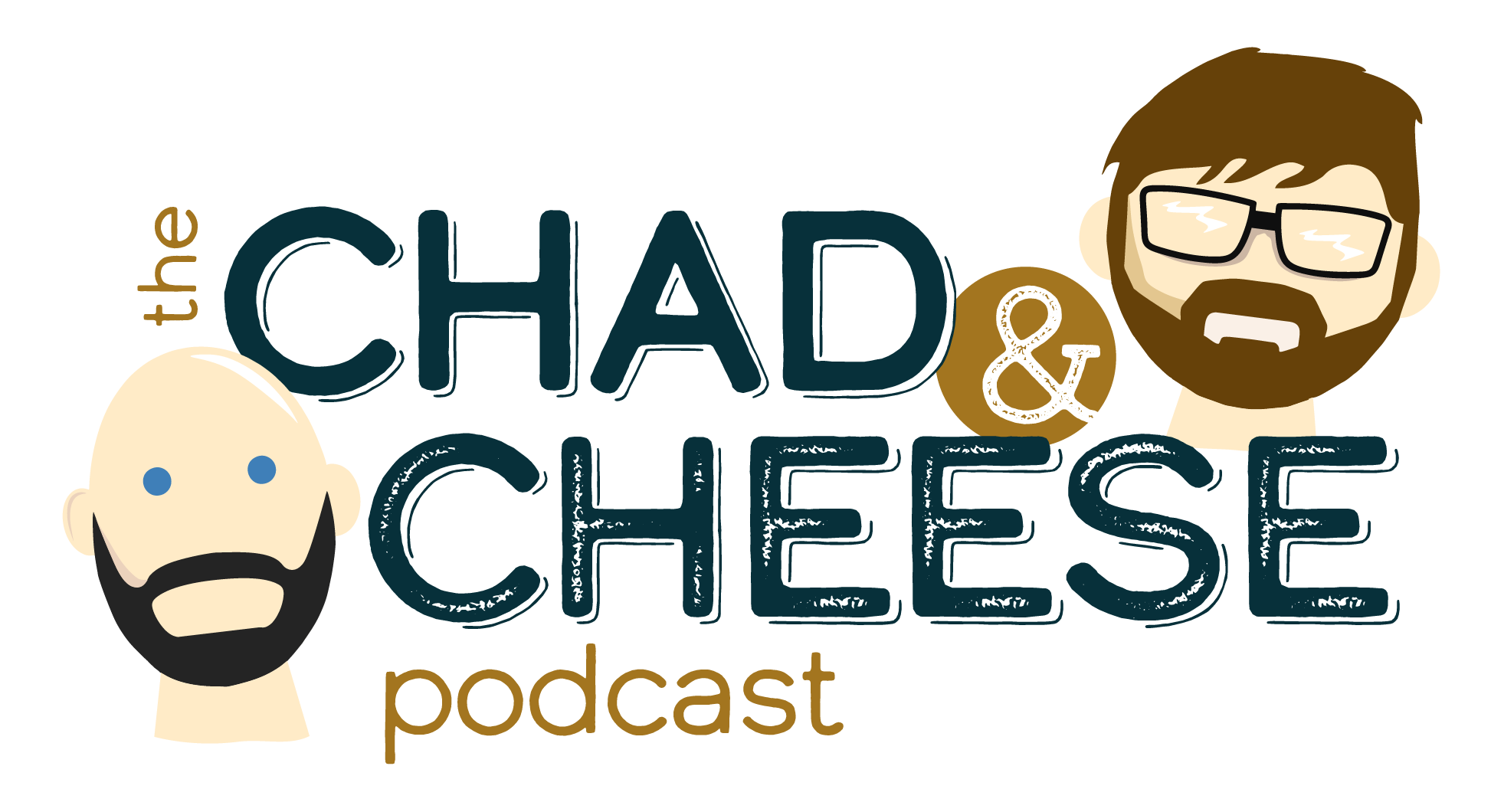Exploring Leadership Styles for Effective Organizational Management
Image via Hamster

Leadership plays a critical role in shaping the direction and success of any organization. Yet, many organizations struggle to find the exemplary leadership approach to navigate complex challenges, improve team dynamics, and drive productivity. Understanding various leadership styles can serve as a roadmap for guiding their teams effectively and achieving organizational goals.
In this article, we explore the different leadership styles and how they contribute to organizational management, offering valuable insights into how leaders can adapt their approaches to meet the needs of their teams and organizations.
Transactional Leadership: Achieving Success Through Clear Expectations
Transactional leadership is about setting clear expectations and rewarding employees for meeting them. Unlike transformational leadership, which focuses on long-term Growth and empowerment, transactional leadership emphasizes short-term tasks, roles, and responsibilities. Leaders in this style provide clear instructions, set specific performance goals, and offer rewards when those goals are met. This leadership style is particularly effective in structured environments where efficiency and consistency are critical.
Among the various leadership styles in management, transactional leadership stands out for its clear-cut approach to achieving goals. It provides employees with a defined framework, allowing them to understand their responsibilities and the rewards associated with their performance. The strength of this style lies in its ability to offer Clarity and direction, ensuring that everyone stays on track. However, by focusing heavily on process and structure, transactional leadership may limit creativity and Innovation. While it is effective for maintaining efficiency, it may not be the best choice for organizations that aim to drive change or think outside the box.
Servant Leadership: Building Trust and Empowering Teams
Servant leadership takes a people-first approach, with leaders prioritizing the well-being and development of their employees. This leadership style is grounded in the idea that leaders are there to serve their teams, not vice versa. By placing employees’ needs above their own, servant leaders foster an environment of trust, mutual respect, and empowerment. This style often involves a leader working alongside their team members, offering support and guidance while encouraging autonomy.
One of the most significant advantages of servant leadership is its ability to build a strong, cohesive team. Employees feel valued and supported, which boosts morale and increases job satisfaction. Servant leaders inspire their teams to take ownership of their work while creating a positive, collaborative atmosphere. However, one potential drawback of this style is that it may sometimes lead to indecision. Leaders must balance serving their team and taking charge when necessary to maintain alignment with organizational goals.
Directive Leadership: Making Decisive Moves for Swift Execution
Directive leadership, often called autocratic leadership, is characterized by a leader making quick, firm decisions and providing clear instructions to their team. Leaders who adopt this style take a hands-on approach, ensuring tasks are completed efficiently and effectively. This style is instrumental when quick decision-making is essential or a team requires strong guidance to stay on track.
Directive leadership has the advantage of moving projects forward quickly. By providing clear direction and setting firm expectations, leaders can ensure that their teams remain focused and productive. However, this leadership style may not suit all employees, particularly those who thrive on creativity and autonomy. Leaders must be careful not to stifle innovation or discourage independent thinking while maintaining control over decision-making.
Bureaucratic Leadership: Ensuring Stability Through Structure
Bureaucratic leadership emphasizes the importance of structure, rules, and well-established processes. In this style, leaders maintain order by strictly adhering to the organization’s policies, guidelines, and hierarchies. This leadership approach is particularly beneficial in environments where consistency and predictability are crucial to success, such as government agencies or large corporations that rely on formal systems.
The major strength of bureaucratic leadership is its ability to create a stable and efficient workplace. Employees clearly understand their roles and responsibilities, minimizing confusion and potential conflicts. Additionally, adherence to rules reduces the risk of favoritism or bias in decision-making. However, the rigidity of this leadership style can sometimes hinder innovation and flexibility. In rapidly changing industries, an over-reliance on bureaucratic processes may slow the organization’s ability to adapt and respond to new challenges.
Laissez-Faire Leadership: Promoting Creativity and Innovation Through Autonomy
Laissez-faire leadership is the ultimate hands-off approach, where leaders give their teams the freedom to make decisions and manage their own tasks. This leadership style is rooted in trust, allowing employees to take ownership of their work without constant oversight. Leaders in this style act as facilitators, offering resources and support when needed but largely staying out of the day-to-day activities.
One of the critical advantages of laissez-faire leadership is its potential to foster creativity and innovation. By giving employees autonomy, leaders can encourage independent thinking and new ideas. This style works particularly well in environments where employees are highly skilled, motivated, and capable of self-management, such as in tech startups or creative industries. However, laissez-faire leadership also has its downsides. If not managed carefully, it can lead to a lack of direction or accountability, with team members feeling unsupported or unsure of the organization’s goals.
Charismatic Leadership: Motivating Teams Through Vision and Passion
Charismatic leadership revolves around the leader’s personal charm and persuasive abilities. Charismatic leaders captivate their teams with a compelling vision for the future, using their personality and passion to inspire loyalty and dedication. They are excellent communicators who articulate their ideas in a way that resonates with others and builds strong emotional connections.
The primary benefit of charismatic leadership is its ability to create a sense of purpose among employees. Teams become highly motivated to achieve the leader’s vision, often going the extra mile to contribute to the organization’s success. However, there is a risk of over-reliance on the leader’s personality. If the leader departs or fails to deliver on promises, the organization may suffer from a lack of direction. Charismatic leaders may sometimes prioritize their vision over the team’s needs, leading to frustration or Burnout.
Leadership styles should evolve in response to the organization’s changing needs and challenges. Leaders who can assess their team’s needs, the task, and the broader organizational goals will be best positioned to guide their teams toward success. Ultimately, the most effective leaders are those who are willing to learn, grow, and adjust their leadership approach as circumstances demand, ensuring that both the team and the organization thrive in a constantly changing world.
Subscribe to our newsletter and Explore insightful conversations on workplace culture, burnout, and leadership at the Breakfast Leadership Network, ranked Top 20 globally. Join us to thrive in the modern work environment.
Please stay connected with us! For more insights and valuable content, don’t forget to check out the following resources:
– **Breakfast Leadership Show Podcast**: Tune in to our podcast and get inspired by leadership lessons and success stories from top industry leaders.
– **Breakfast Leadership YouTube Channel**: Subscribe to our YouTube channel for video content on leadership, Personal Development, and more.
– **Hire Michael D. Levitt to Speak**: Looking for a dynamic speaker for your next event? Hire Michael D. Levitt, the founder of Breakfast Leadership, to share his expertise and insights.
Follow us on LinkedIn for the latest updates. Remember to share this article with your network!
Originally Published on https://www.breakfastleadership.com/

























